Step Behind the Yellow Tape: Accredited CSI Training from a 36-Year Forensic Veteran
Learn real crime scene investigation skills — not TV drama and earn a certificate accredited by the American Accreditation Association (AAA)
Every crime scene tells a story. The question is —can you read it? This course takes you beyond the glossy drama of television and into the real techniques investigators use to uncover the truth. With 36 years of law enforcement and forensic experience, I’ll guide you step by step through the methods professionals use in the field.
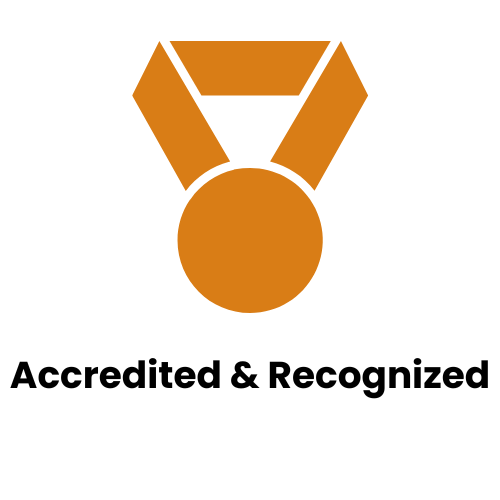
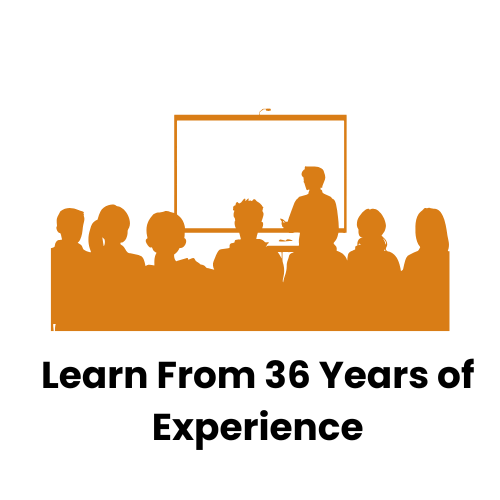
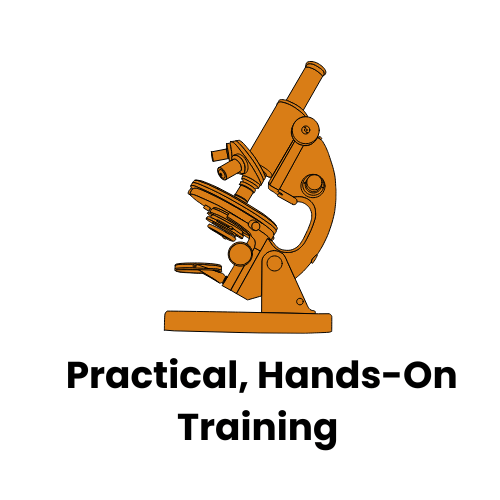

The Truth About CSI: What TV Doesn’t Show You
Crimes are solved in under an hour. A computer beeps, a suspect’s name pops up, and the case is closed.
Every crime scene is a puzzle. Fingerprints, fibers, bloodstains, and digital trails must be carefully collected and analyzed to uncover the truth.
Justice depends on details. Investigators can’t afford shortcuts and neither should you when learning forensic science.
After 36 years in law enforcement and forensic work, I created this program to take you behind the yellow tape and teach you the real science of CSI.
Learn From a Forensic Veteran With 36 Years of Experience

I’m Michael Ullemeyer. Over my career, I worked with the Santa Barbara Sheriff’s and Police Departments, eventually serving as a Forensic Unit Supervisor.
I’ve investigated hundreds of crime scenes, trained officers, and supervised complex cases.
Now, I’m bringing that experience online — so you can access professional-level CSI training wherever you are.
This course is officially accredited by the American Accreditation Association (AAA).
That means when you complete it, your certificate isn’t just a piece of paper — it’s a recognized credential you can proudly add to your resume.
What You’ll Master Inside the Virtual Crime Lab
This isn’t a lecture-heavy history class. It’s hands-on, interactive, and designed to give you real skills you can apply. By the end of the course, you’ll know how to:
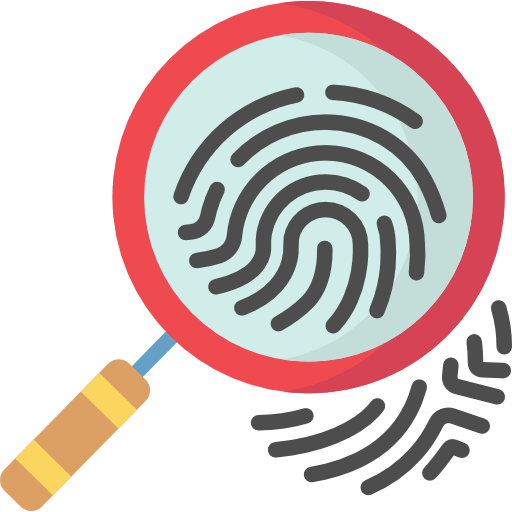
Learn the techniques professionals use to reveal hidden prints.

Reconstruct scenes with blood, prints, and trace evidence.
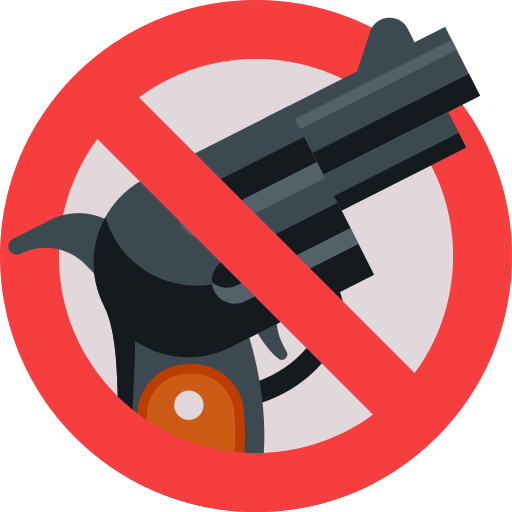
Understand how ballistics link weapons to crimes.

Write, photograph, and present findings the way forensic experts do in real cases.

Uncover clues from computers, phones, and online activity.

Apply everything you’ve learned through hands-on practice and case studies.
Step Behind the Yellow Tape — Free CSI Preview
Ever wondered what it really feels like to walk into a crime scene? Here’s your chance to find out.
Grab your CSI Preview Guide and try a real fingerprint exercise you can actually do at home. You’ll see how investigators pull invisible clues from the tiniest details and why solving that puzzle feels so addictive once you get it right.
This isn’t another fluffy download. It’s a genuine sneak peek into the world of forensic science the same methods professionals use to turn small traces into hard evidence.
👉 Drop your best email below and we’ll send your guide instantly.
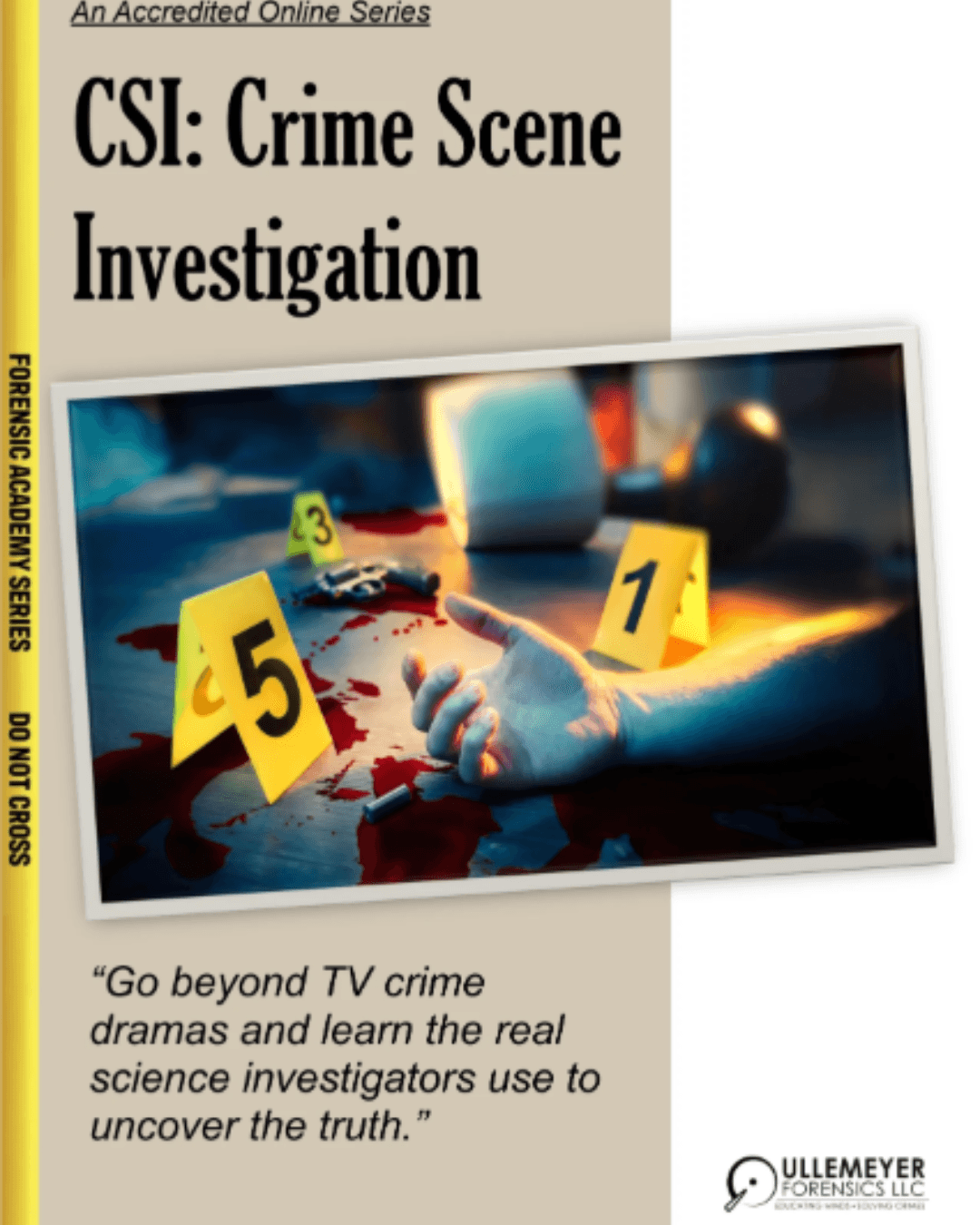
You don’t have to take my word for it. Hear from students who were once curious visitors, just like you:
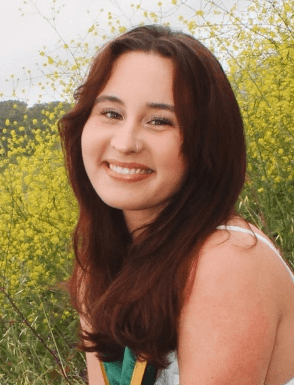
"Taking Mr. Ullemeyer's CSI: Crime Scene Investigation course was an eye-opening experience that helped me direct my career goals. I discovered a true passion for forensics, and I am now applying that knowledge and interest in my job search. The course gave me confidence in understanding and discussing the processes used in physical evidence processing, which I know will benefit me in the field. I highly encourage anyone considering a career in forensics to take this class—it’s an invaluable step toward your future."
Cassidy Rae Hajducko
CSI: Course Graduate
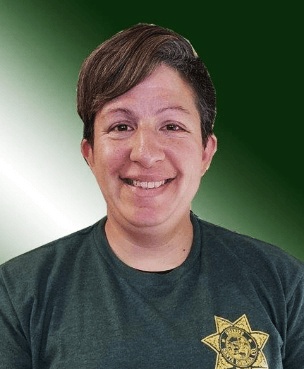
Michael Ullemeyer’s course was my first real introduction to the world of Forensics. The use of real-world examples and case studies made this course especially practical. I had a much better understanding of how Forensics was going to apply to my future career in Forensics. I am now living the life of a true CSI investigator. I loved this class and I highly recommend it to anyone interested in a career in Forensics or as training for someone is new to the field.
Melissa Sandoval
Senior Crime Scene Investigator Santa Barbara County Sheriff’s Office

Enrolling in the CSI: Crime Scene Investigation course was a game-changer for me. As a True Crime Blogger, I wanted to provide my audience with accurate, professional insights into how crime scenes are really investigated. This course gave me the tools, terminology, and confidence to explain forensic concepts clearly and credibly. Since completing the training, my content has become more detailed, engaging, and respected by my readers. I can honestly say this class elevated my blog and helped me grow in the true crime community.
Joey Ortega
Host, Author, Actor Behind the Yellow Line – Online blog
Why You Can Enroll With Complete Confidence
I’ve trained officers, investigators, and students for decades. I know this course works — and I’m so confident in it that I back it with a full guarantee. But don’t just take my word for it. Here’s what you can expect when you join:
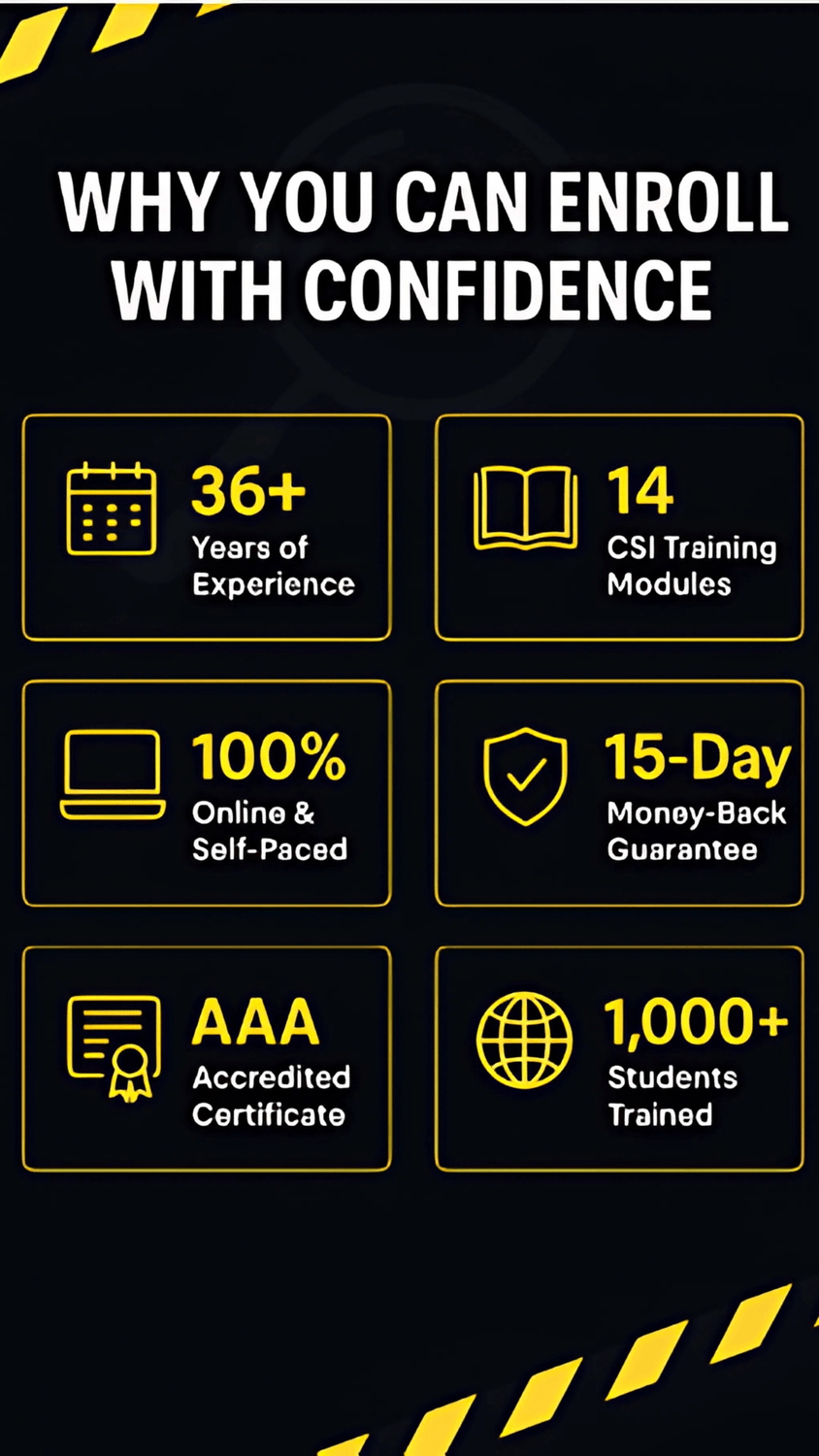
36+ Years
Real-world law enforcement & forensic experience behind every lesson.
14 Modules
Step-by-step CSI training, from fingerprints to digital forensics.
15-Day Refund
If it’s not right for you, get your money back — no questions asked.
1,000+ Students
Have already explored forensic science through Michael’s training programs.
100% Online Learning
Learn at your own pace with 24/7 access, anytime and anywhere in the world.
AAA Accredited
Certificate recognized and respected by the American Accreditation Association.
Still Have Questions? Let’s Clear Them Up.
No. This course is designed for absolute beginners as well as professionals looking to sharpen their skills. Everything is broken down step by step, from lifting your very first fingerprint to reconstructing a full mock crime scene. All you need is curiosity and the willingness to learn.
Yes. Your certificate is accredited by the American Accreditation Association (AAA). That means it’s not just a piece of paper — it’s proof that you’ve completed a program that meets rigorous academic and professional standards. Many students proudly list it on their resume, LinkedIn profile, or even use it as supplemental training for criminal justice programs.
The course is 100% online and self-paced. You’ll get instant access to all 14 modules, including video lectures, interactive assignments, and case studies. There are no live sessions you must attend, so you can learn on your own schedule — whether that’s evenings after work, weekends, or full-time study.
Great question. Free videos can give you tidbits, but this is a structured, accredited program created by someone with 36 years of real forensic experience. Instead of scattered information, you’re getting a proven path — from basics to advanced skills — with hands-on activities, case studies, and professional-level guidance. That’s what sets it apart.
You’re fully protected. If, after trying the first module, you feel the course isn’t right for you, simply request a refund within 15 days — no hassle, no risk. That way, you can try it out with confidence and decide if it’s a fit.
Absolutely. Because forensic science follows universal principles, the skills you’ll learn — fingerprinting, blood pattern analysis, digital forensics — apply anywhere in the world. We’ve had students from multiple countries, from true crime enthusiasts to law enforcement trainees, and all have benefited from the training.
Your Chance to Join the 2025 CSI Cohort Is Here
This isn’t just another online course. It’s a full-semester forensic science program, updated for 2025 and accredited by the AAA. Enrollment is open now — but space is limited.
Once this cohort fills, doors close, and you’ll have to wait for the next session.
Don’t put this off. The world of forensic science is calling — and the next move is yours.
